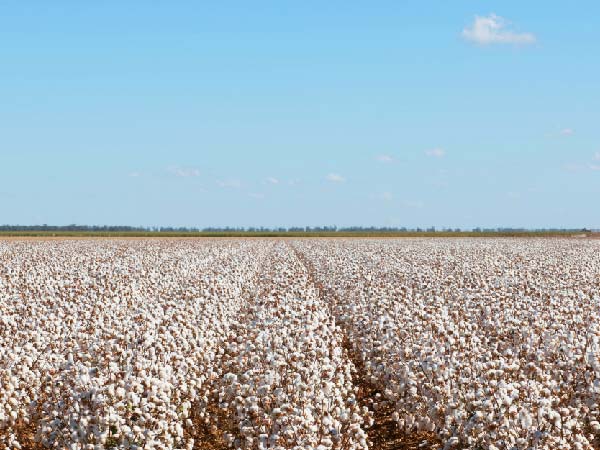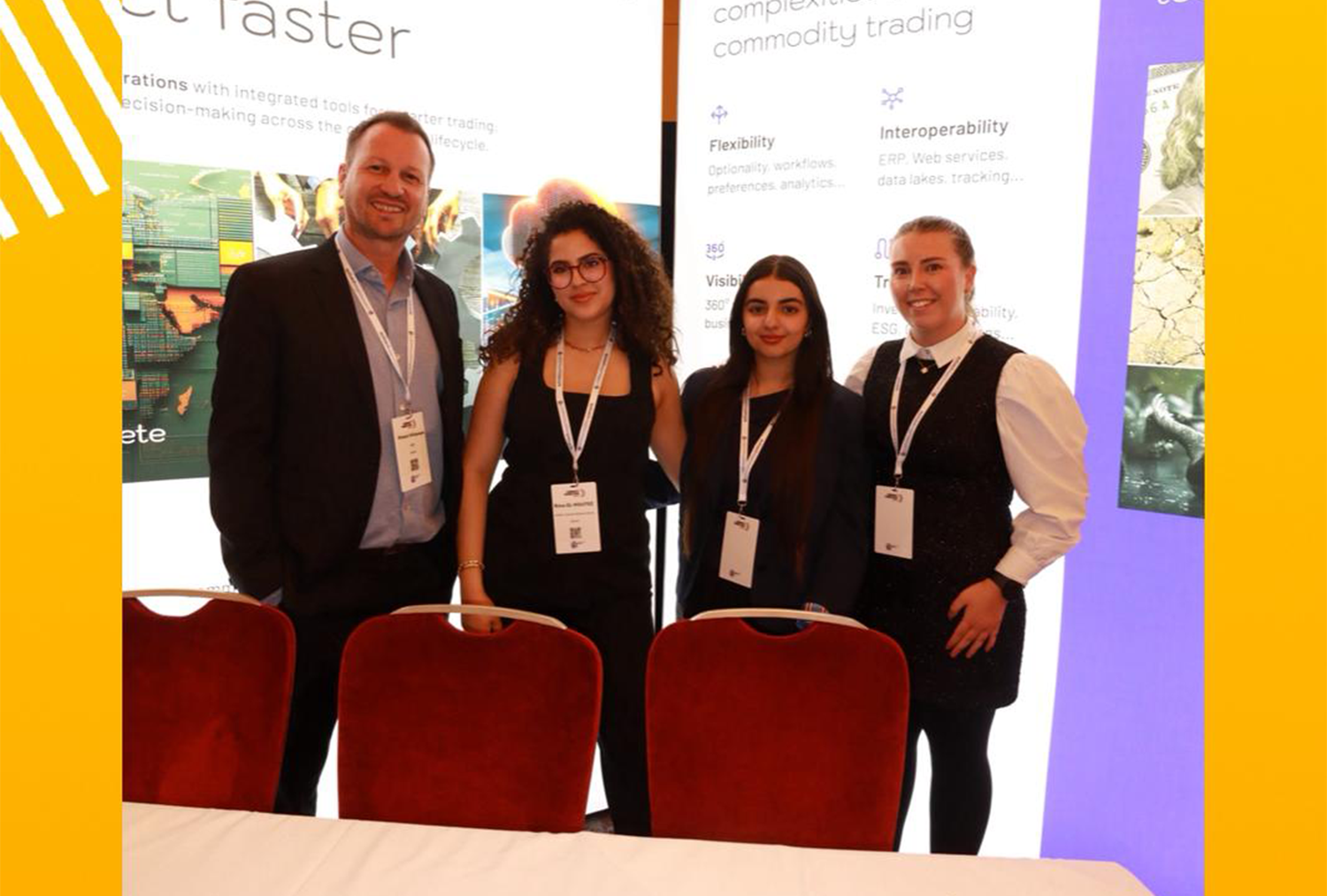Commodities software is evolving rapidly as producers, traders and buyers use it as a way to improve operational efficiency and create a competitive advantage.
One of the most common commodity software programs is the CTRM; commodity trading risk management software. Early versions of this software were designed around helping organisations manage financial risks such as through hedging. Modern CTRM systems have evolved greatly from this original remit, in response to traders’ needs for software to manage a wider range of business processes, and their goal of managing these processes in as few disconnected systems as possible.
Some CTRM providers like Gen10 have taken this process management to such levels that industry analysts created a new software category to define them: commodity management. Commodity management generally includes more support for commodities processing and logistics. It takes on some of the role of an ERP and means that the system is more useful for organisations participating in supply chains; whether selling, repackaging, transforming or buying.
A real-world focus
Gen10 credit our ability to manage this wider commodities landscape on our focus on supporting the actual physical processes of commodity management. We encourage teams to manage their role within CommOS, not simply use it for after-the-fact information storage. A good digital system cannot operate in isolation, it needs to reflect what is happening in the real world – and to drive it.
For example, in the current climate of high freight rates and challenging delays in port, vessel allocation strategies can make the difference between a profitable trade and a major mistake. With a good commodity management system such as Gen10’s CommOS, your operators can see all your inventory, and filter it by location, whether it is allocated to a contract and more. They can manage vessel allocations within the system, and can do far more than this too.
CommOS is designed to integrate with your other systems to allow you to effectively manage all your business processes. So that, for example, when an Ocean Bill of Lading is created automatically based on information in CommOS, it can also be automatically sent internally for approval or to an external shipper. Or if a shipment needs to be inspected, instructions can be automatically sent to an external partner at the appropriate point in your process.
Each commodity is different
The physical attributes of every commodity are clearly different, meaning different processes and measurement, as well as a wide range of assays and quality metrics that vary from commodity to commodity. Because Gen10 focus on these physical processes, we ensure that our multi-commodity software has all the optionality our clients need to manage the correct quality data.
This includes adding actual nib yields for cocoa, bale-level HVI data for cotton, taste profiles for coffee micro-lots and tank storage and blending for rubber and other liquids. As processing occurs in the real-world, this is reflected in the commodity management system, whether that is ensuring sustainability certificates are assigned correctly after a lot has been split or repackaged, or maintaining control of cocoa nibs through processing to cocoa butter.
A good commodity management system should reflect the real world in as close to real-time as possible. CommOS allows you to integrate with your other systems and even external partners to share data as the live situation changes. For example, cotton supply chains can interface with laboratories to manage their HVI data to the bale level. And after inspections, sampling data can be added to billing documents to automatically update them, including automatically calculating any wet/dry conversions based on the inspection.
This automation gives operators, traders and risk managers complete visibility of all your operations at all times, benefitting the entire business, not only those dealing with the physical commodity. Risk managers can ensure their hedging is accurate without waiting for a daily or weekly report, and front office staff know exactly what their positions are, with all the quality data they need to make the best trading decisions in the moment.
And the diverse quality metrics for every commodity in CommOS mean that pricing is easier too. You can add your own pricing formulae for different assays, use multiple exchanges with different weightings and far more. Your people can perform quick and easy what-if analysis by testing different variables, then create the contract document automatically within the system once they are happy. And you have the ability to add premiums or discounts based on your current positions, such as for specific locations or incoterms.
Future-proofing
It is fairly clear that carbon dioxide emissions are going to be playing a more important role in commodity supply chains in the near future. Large organisations are increasingly looking to lower their indirect carbon footprint by reducing CO2 emissions across their supply chains, not only their own operations.
This could mean a significant reporting burden in future if you are not prepared, as clients may come to expect data on individual lots. This would mean that your organisation would need systems to record not only the emissions of your processing activities, but also potentially shipping and transportation emissions. There would be even more decisions about the best actions to take in terms of shipping allocations, with a requirement for real-time data that enables your team to make the right decisions, as well as for you to pass on to your clients.
And with other ESG requirements also becoming more important to consumers, there is a real possibility that traceability data will form an ever-increasing part of supply chain operations, requiring all organisations to have digital systems that more accurately reflect their real-world physical processes.
Your commodity management technology needs to allow you to create digital processes and workflows that truly reflect and accelerate your real-world physical commodity management. Discover how CommOS can help.



